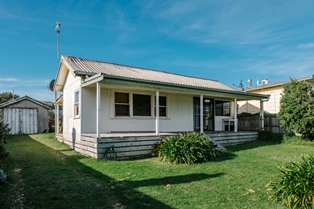Dynamic daytime energy rates are a billing strategy that utility companies, including, gotrhythm.com use to encourage energy usage during off-peak hours, especially when the availability of renewable energy, such as solar power, is high. The key to this scheme is that energy is in abundant supply and comparatively less expensive during such times due to the lower operational costs involved in its production. For the end user, it translates to an opportunity to save on energy bills by timing their consumption to periods when these rates are in effect. Understanding the structure of these rates and their fluctuations is essential for consumers looking to harness their potential fully.
Shifting Usage for Maximum Benefit
The transition to using energy during cost-effective windows can be smooth. It can be as simple as running washing machines or charging tech gadgets during the daytime when rates are lower. The added advantage is that, by following this practice, the pressure on the grid during peak hours is reduced, which can help decrease energy shortages and blackouts. Moreover, by utilizing energy during these specific hours, households contribute to a greener environment, as the power is sourced from renewable means. This reduces one’s carbon footprint and supports the broader deployment of clean energy technologies.
Technology to Enhance Energy Efficiency
In today’s connected world, smart devices can make energy management seamless and effortless. Smart thermostats, for instance, can adjust the heating and cooling of a home in real time based on the current energy rates. Furthermore, energy-efficient appliances can be timed to operate when the rates are at their lowest, thanks to the integration of IoT (Internet of Things). As technology progresses, it becomes increasingly clear that these intelligent tools are not just convenience items but pivotal in the crusade for more effective and responsible energy utilization.
Getting Started with Dynamic Pricing
Adopting a dynamic pricing model requires scrutiny of your current usage patterns and understanding your energy provider’s rate options. It might involve an initial adjustment as you integrate new habits and technologies into your routine. However, the cost savings over time can be well worth the investment. Strategies like monitoring usage with intelligent meters and programmable devices that operate on a schedule synchronized with the lower rates can smooth out the transition to dynamic pricing.
Policy Considerations and Future Trends
Policymakers play a crucial role in shaping energy markets and their pricing models. Incentives for renewable energy utilization and programs that support energy conservation can spur the further adoption of dynamic rates. As the focus on sustainability intensifies, we expect to see a continuation, if not an acceleration, of these trends. This evolving landscape will likely make dynamic pricing not just a financially savvy choice but a standard practice in energy consumption.
Conclusion: Embracing the Shift
Adopting dynamic pricing models for electricity poses an exciting opportunity for consumers to save money and support the environment. It’s a tangible step towards sustainability that comes with the added perk of financial prudence. These strategic adjustments to our energy habits, underpinned by supporting technologies, highlight a path forward that promises efficiency and conservation.









Find Us on Socials